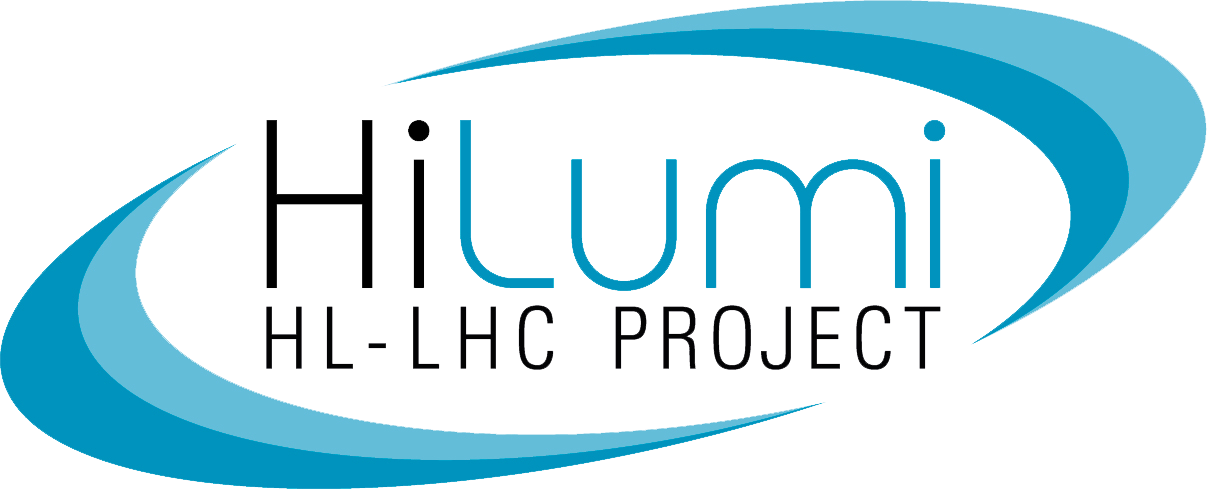The LHC baseline programme had the goal of producing first results in the 2010-12 run aimed at an integrated luminosity of at least 1 fb-1 by the end of 2011 and 4-8 fb-1 by 2012. Today progress towards this goal is advancing very well, meeting all intermediate milestones: 1 fb-1 has actually been reached on 16 June 2011, thanks to better-than-anticipated performance and more than 25 fb-1 in p-p collision has been accumulated by end of 2012, beyond any expectation. After attaining the maximum energy of 13-14 TeV centre-of-mass energy in 2015, it is expected that the LHC will soon reach the design luminosity of 1034 cm-2 s-1 which should yield total luminosity integrated over a one year run of about 40 fb-1.
After 2019, the statistical gain in running the accelerator without a considerable luminosity increase beyond its design value will become marginal. The running time necessary to half the statistical error in the measurements will be more than ten years at the end of 2019. Therefore to maintain scientific progress and to explore its full capacity, the LHC will need to have a decisive increase of its luminosity. That is why, when the CERN Council adopted the European Strategy for Particle Physics in Brussels on 30 May 2013, its first priority was agreed to be “[…] Europe’s top priority should be the exploitation of the full potential of the LHC, including the high-luminosity upgrade of the machine and detectors with a view to collecting ten times more data than in the initial design, by around 2030 […]”.
In order to minimize the machine downtimes and maximize the productive use of the LHC for physics, the replacement of the inner triplet magnets (the one responsible to squeeze the beam at collision) and of all hardware changes needed to enable an ambitious luminosity upgrade will take place in parallel during one shutdown, at around 2022-23 (Long shutdown 3), with some of the modification anticipated in 2019 (LS2). This new phase of the LHC life has been named as High Luminosity LHC (HL-LHC) and has the scope of attaining the astonishing threshold of 3000 fb-1 in 10-12 years. All the hadron colliders in the world have so far produced a total integrated luminosity of about 10 fb-1, while the LHC will deliver about -300 fb-1 in its first 10-12 years of life.
